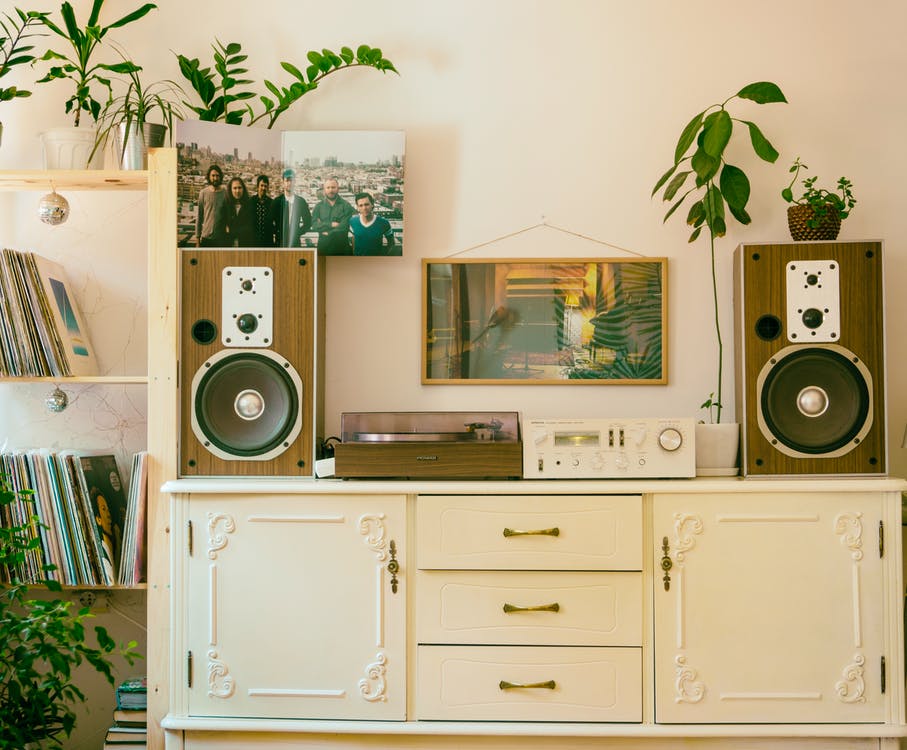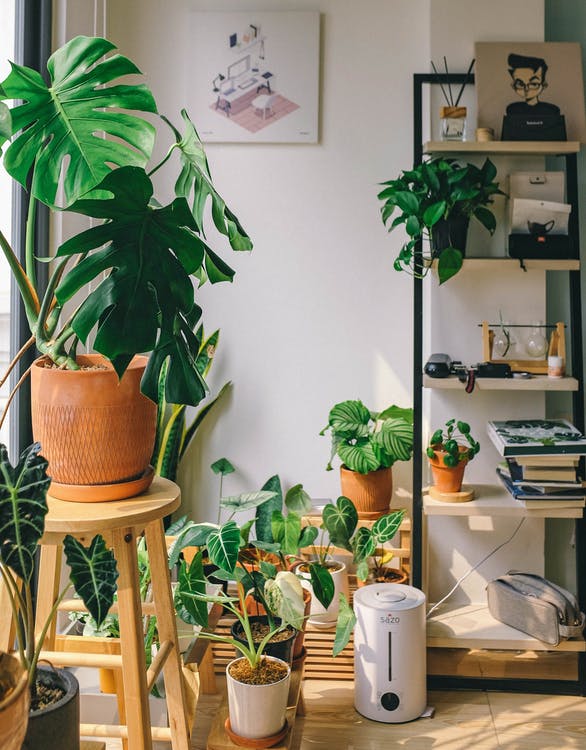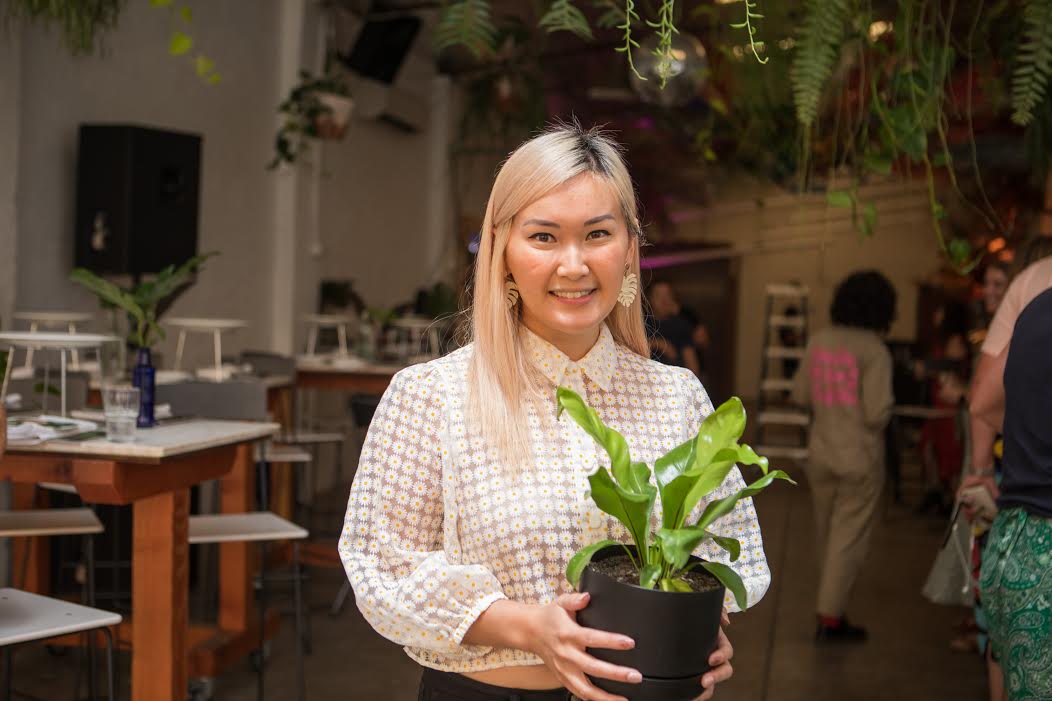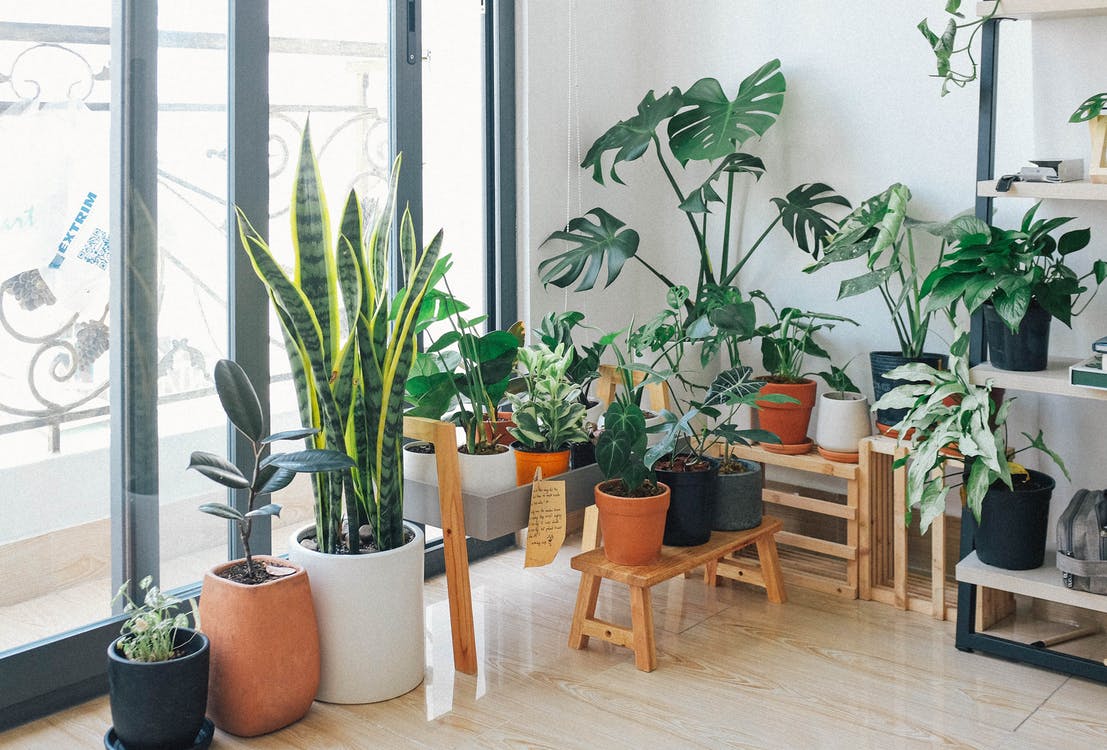During these times of isolation, we have seen more people than ever busying themselves with new veggie patch ventures, making their own compost, and looking for ways to bring the outside world of nature indoors with plants. As a horticulturist and owner of Leaf an Impression, as well as an avid plant collector for over 10 years, I’m passionate about sharing the benefits of greening our living spaces and helping newcomers get started, so here are the top five questions I commonly get asked by new plant enthusiasts and the answers to get you on your way to that urban jungle dream.

What’s so great about having indoor plants?
Plants are seriously great for our health and wellbeing and as the Plant Life Balance simple science notes, this is something that has been deeply researched for over fifty years – research which has found that plants remove airborne toxins from the air and can create feelings of relaxation, inspiration and positivity. Plus, plants are a great way to finish your interiors – they soften a space and help tie all the elements together.
How do I know what plants to choose?
There is plenty of inspiration to be found in the plant-realm of social media, but before you buy, tail it to your local nursery with screenshots of your favourite plants along with where you plan to put them in your home. It pays to understand what conditions your prospective new fronds will be growing in – is the room brightly lit, does it only get afternoon sun, or perhaps there is very little light for most of the day?
Your local horticulturist can advise if the plants you have in mind are suitable. Plus, they can share how much care is needed – some have more demanding needs than others and understanding their requirements will ensure your plants thrive. If you’re starting out, go for low maintenance options like devil’s ivy, peace lily, or sansevieria. The Plant Life Balance trend report 2020 also recommends the rubber tree, if you’re looking for a statement piece.
How do I know when to water my plant?
An easy way to know when to water is to use a moisture metre. You can purchase one at your local nursery, but if you’re like me and don’t mind getting your hands dirty, simply insert your index finger down to the second knuckle (roughly 3-4cm). If the soil is dry, water, but if it’s moist, leave watering for a few days. Once you start to get an understanding of your plant and the conditions at home, you can start to develop a routine which works for you – I personally find watering most of my plants on a Sunday morning therapeutic.
Watering isn’t all they need though. Like us, they need to be watered and fed, although, they don’t need nutrient nourishment all the time, check out this post for more information on feeding.
How do I fit plants into a small space?
Once you start to see every surface as a planting opportunity, you’ll wonder why you considered any space as small Use plants as bookends, line succulents along a windowsill or hang small pots of rhipsalis from a curtain rod. Use stands to elevate your plants, making the most of the vertical space and this will also allow you to create visual interest at all levels.If you’re going to assign a plant to the back of the pack or hard-to-reach spot, look for ones which can tolerate lower light and watering – ZZ plants and sansevierias can handle both.
Is it possible to have too many plants?
Never! Well, yes, if it becomes overwhelming for you or it’s impacting your life in a negative way, it’s time to rehome the ones that no longer bring you joy. Remember, this is a hobby and it should make you feel happy.
I’d estimate I have over 150 plants and that’s not including the ones in the greenhouse. . . If you’re looking to do a whole overhaul and you need help choosing the right plants for your space, you can also book in a chat with me over at Leaf an Impression to discuss how we can bring your plant-filled vision to life!
Last words from Tammy
Don’t be deflated if you bring a plant home and it loses a leaf or two. It’s adjusting to its new home – it had optimal conditions growing in a nursery, so it’s going to take a little time to adapt your home. If things don’t perk up though, have a look at your light and watering – is it too much or too little? Talk to your local nursery for advice or seek out our plant doctor services.

Keep in touch with Tammy over at @leaf_an_impression
———————————-
About Tammy Huynh
Tammy Huynh is a horticulturist and avid plant collector who is passionate about sharing the joy of gardening and the benefits of green spaces. Tammy’s philosophy is simple: To impart a little bit of greenery to everyone’s life. To make a mark; to leaf an impression.


